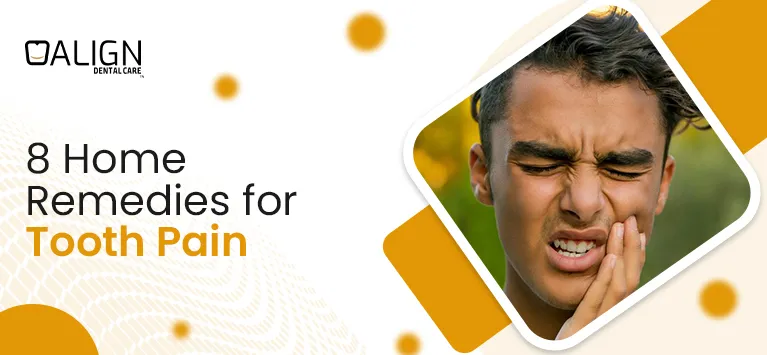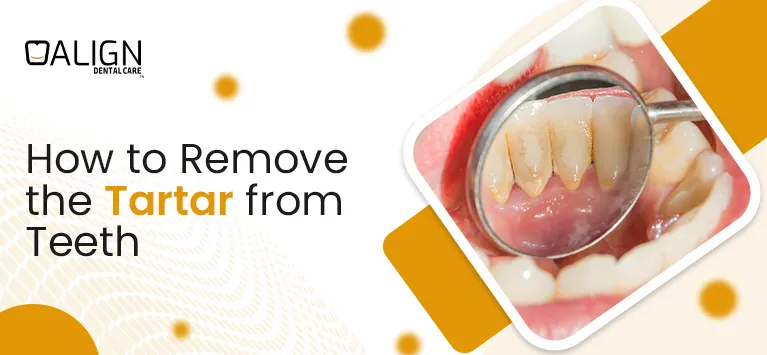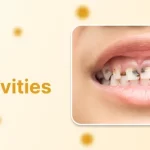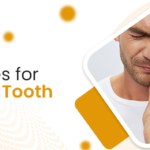Tooth pain can strike at any time, often when least expected. Whether it’s a dull ache or a sharp, throbbing pain, it can disrupt daily activities and make it hard to concentrate. It’s always best to see a dentist for persistent or severe tooth pain. Meanwhile, several effective home remedies can provide temporary relief. These remedies use common household items and natural ingredients, making them easily accessible and simple to use. This blog will explore eight tried-and-true home remedies for tooth pain. It will also offer detailed explanations and tips for each method to help you find relief.
Salt Water Rinse
Saltwater is a natural disinfectant that can help reduce inflammation and heal oral wounds. It’s one of the simplest and most effective remedies for tooth pain.
How to Use a Salt Water Rinse
- Preparation: Dissolve 1/2 teaspoon of salt in a glass of warm water.
- Usage: Swish the solution around your mouth for about 30 seconds before spitting it out.
- Frequency: Repeat this process up to three times a day.
Using a salt water rinse can help cleanse the area around the affected tooth, reduce swelling, and promote healing. It’s a gentle method suitable for all ages.
Cold Compress
A cold compress is particularly effective for reducing tooth pain caused by trauma or swelling. It helps numb the affected area and reduces inflammation.
How to Apply a Cold Compress
- Preparation: Wrap some ice cubes in a thin cloth or use a cold pack.
- Application: Apply the compress to the outside of the affected area for 15-20 minutes.
- Frequency: Repeat every few hours as needed.
Using a cold compress is a quick and easy way to alleviate pain and reduce swelling, making it a go-to remedy for many people.
Clove Oil
Clove oil contains eugenol, a natural antiseptic that can reduce pain and inflammation. This remedy has been used for centuries to treat tooth pain.
How to Use Clove Oil
- Preparation: Dab a small amount of clove oil onto a cotton ball.
- Application: Apply the cotton ball directly to the painful area, or mix a few drops in a small amount of water and use it as a mouthwash.
- Caution: Avoid direct contact with gums as it can irritate.
Clove oil provides quick relief from tooth pain and can be a powerful remedy, especially when you need immediate pain relief.
Peppermint Tea Bags
Peppermint tea bags can soothe sensitive gums and numb the pain. This method is gentle and works well for mild to moderate tooth pain.
How to Use Peppermint Tea Bags
- Preparation: Brew a peppermint tea bag in hot water and let it cool slightly.
- Application: Apply the warm, damp tea bag to the affected area for about 20 minutes.
- Alternative: Use a cooled tea bag if you prefer a cold compress effect.
Peppermint tea bags not only help with tooth pain but also leave your breath feeling fresh and clean.
Hydrogen Peroxide Rinse
A hydrogen peroxide rinse can help kill bacteria, reduce plaque, and alleviate pain. It’s particularly useful for gum disease or infections.
How to Use a Hydrogen Peroxide Rinse
- Preparation: Mix equal parts of 3% hydrogen peroxide and water.
- Usage: Swish the mixture around your mouth for about 30 seconds, then spit it out.
- Caution: Avoid swallowing the rinse and rinse your mouth with plain water afterwards.
Using a hydrogen peroxide rinse can help disinfect the mouth and reduce bacterial buildup, which can provide relief from tooth pain caused by infections.
Garlic
Garlic has natural antibacterial properties and can provide significant relief from tooth pain. It can kill harmful bacteria and act as a pain reliever.
How to Use Garlic for Tooth Pain
- Preparation: Crush a garlic clove to release its juice.
- Application: Apply the crushed garlic directly to the affected tooth or chew a clove gently.
- Alternative: Mix the crushed garlic with a little salt before applying.
Garlic is a powerful natural remedy that can help alleviate tooth pain and fight off infections.
Vanilla Extract
Vanilla extract has alcohol in it, which can assist in numbing the pain. Its antioxidant properties can also aid in healing.
How to Use Vanilla Extract
- Preparation: Pour a small amount of vanilla extract onto a cotton ball or your fingertip.
- Application: Apply it directly to the affected tooth and gums.
- Frequency: Use this remedy up to three times a day.
Vanilla extract is a sweet-smelling and effective solution for tooth pain relief, making it a popular choice.
Guava Leaves
Guava leaves have anti-inflammatory and antimicrobial properties that can help soothe tooth pain and reduce swelling.
How to Use Guava Leaves
- Preparation: Chew on fresh guava leaves or boil them in water to make a mouthwash.
- Application: If using as a mouthwash, let the solution cool and swish it around your mouth.
- Frequency: Use this remedy a few times a day for best results.
Guava leaves offer a natural and effective way to manage tooth pain, especially when you prefer herbal remedies.
Finishing Up
Tooth pain can be a distressing experience, but these home remedies provide accessible and effective options for temporary relief. While these methods can help manage pain, it’s important to consult a dentist to address the underlying cause of tooth pain. Regular dental check-ups and good oral hygiene practices are essential for maintaining healthy teeth and preventing future discomfort. By incorporating these home remedies into your routine, you can find relief from tooth pain and ensure better oral health.
















